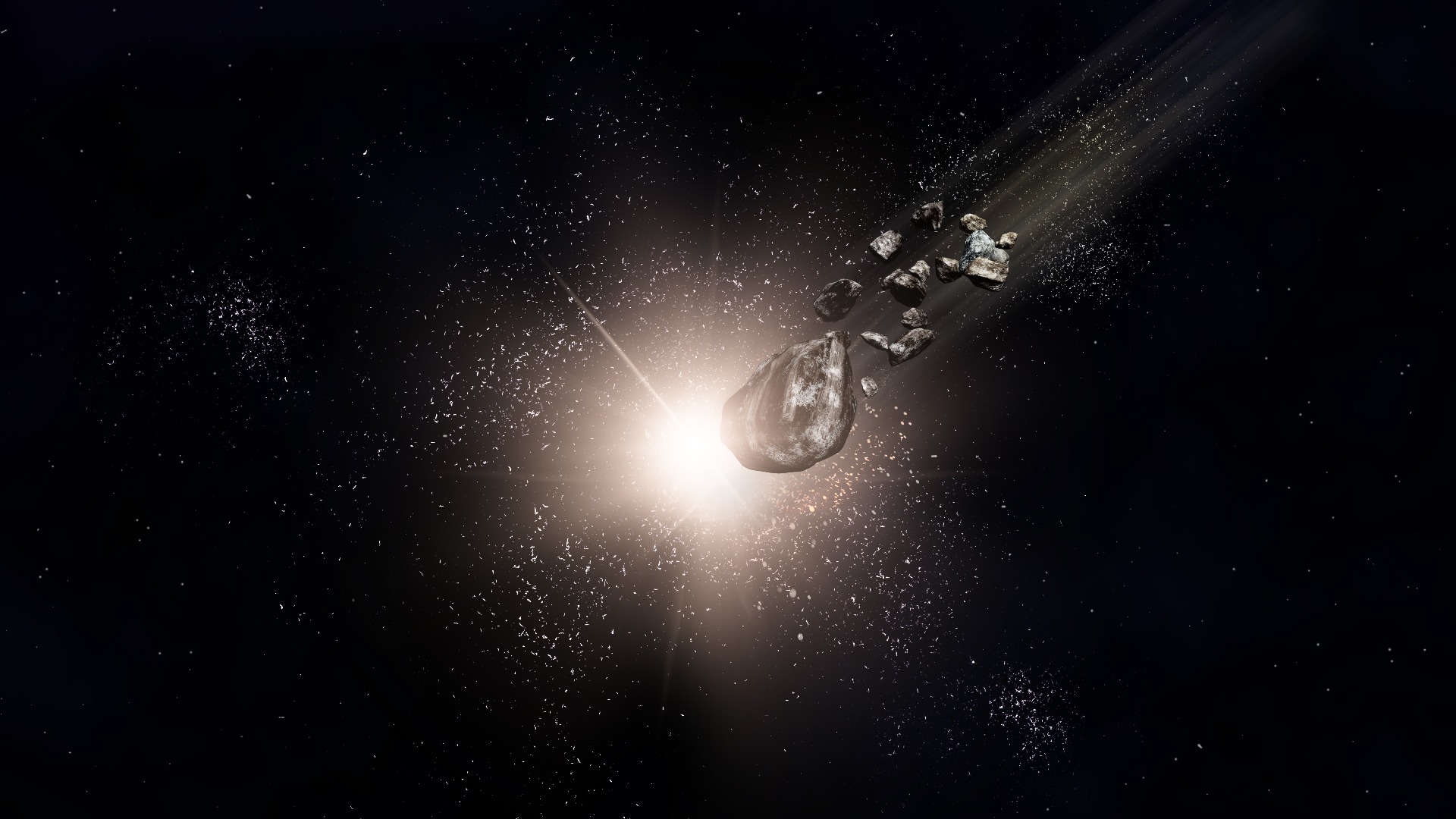
‘Devil Comet' to Make Close Pass by Earth This Summer

A comet bearing distinct "horns" of gas and ice, affectionately dubbed the "devil comet," is hurtling through the inner solar system, poised to make a close rendezvous with Earth this spring.
Comet 12/P Pons-Brooks, as it's formally known, is not a threat to our planet but presents a captivating opportunity for stargazers to witness its passage during its 71-year orbit around the sun.
The cosmic visitor will reach its perihelion, the point nearest to the sun in its orbit, on April 21, 2024. Shortly thereafter, on June 2, it will approach Earth. Under clear and sufficiently dark skies, astronomers anticipate that the comet may become visible to the naked eye during this time.
In the interim, Comet 12/P Pons-Brooks has already captivated those equipped with powerful telescopes. Astronomers have documented two striking eruptions over the past four months, in July and more recently in October. On both occasions, the comet exhibited a significant increase in brightness, emitting billowing clouds of gas and icy fragments resembling a pair of matching horns. Some observers even likened the post-eruption appearance to the Millennium Falcon starship from the "Star Wars" franchise.
Eliot Herman, an amateur astronomer and retired professor from the University of Arizona's School of Plant Sciences, captured remarkable imagery of Comet 12/P Pons-Brooks and its enigmatic horns using remote telescopes in Utah.
The comet harbors a core composed of dust, gas, and ice, enveloped by a luminous gas cloud known as a coma. Solar radiation and sunlight can trigger intense outbursts, such as those witnessed in July and October, leading to the temporary emergence of these distinctive horns. The precise mechanism responsible for this phenomenon remains a subject of inquiry.
Herman emphasized, "By intensively observing this, we may be able to solve this question, and there is a community of observers studying this." Comet 12/P Pons-Brooks, originally discovered in 1812 by French astronomer Jean-Louis Pons and subsequently observed by astronomer William Brooks in 1883, will return to the inner solar system after 71 years following its upcoming close encounter.
Astronomers are eager to investigate the comet as it approaches Earth and before it embarks on its journey back to the outer solar system. The comet's approach coincides with a total solar eclipse on April 8, 2024. During this time, Comet 12/P Pons-Brooks is expected to be in proximity to the sun and may be visible to the naked eye.
Eliot Herman anticipates this celestial event with excitement, noting:
“The NASA SOHO space probe captures images from space of comets close to the sun, many per year, but seeing one with the eye close to the sun is impossible unless there is an eclipse, and there will be. I will be in Texas and hope to see it and photograph it.”
Source: nbcnews.com








